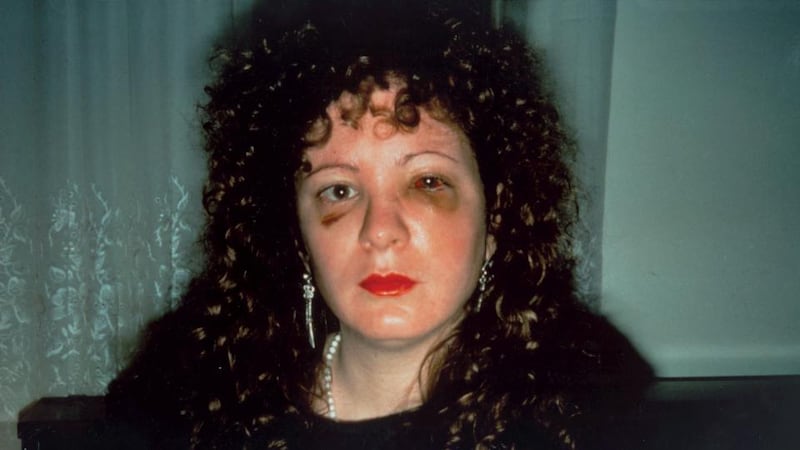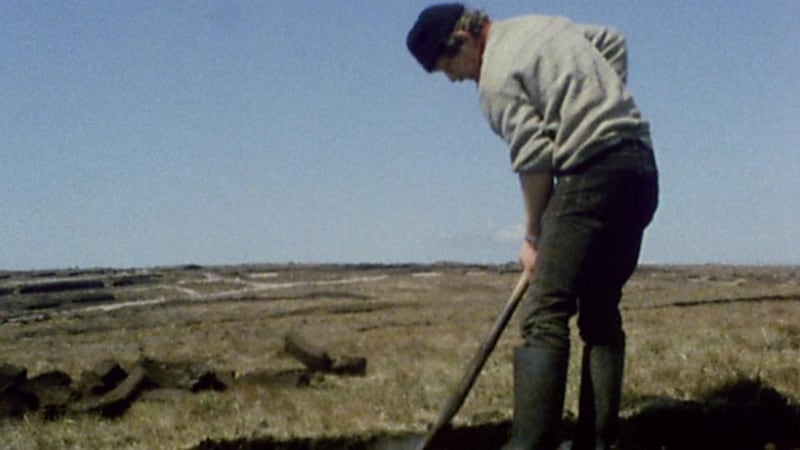Seven Treasures
Chester Beatty Library, Dublin Castle
*****


Cloisonné is an ancient enamelling technique. As a process, there is a pleasing, straightforward logic to it. Roughly speaking, you map out a linear pattern or image by affixing strips of thin wire to a metal, usually copper, surface. Then you mix coloured, vitreous enamel powders into pastes and apply them between the wire divisions, which act as tiny dams or partitions – as in the French, cloisons. When you fire the piece in a kiln, all going well, everything fuses smoothly into a fine, hard, polished skin.
In Japan, the jewel-like finish inspired the popular name Shippo, the characters for which refer to the seven heavenly treasures of some Buddhist sutras.
Variations of cloisonné have been developed and used by several cultures over the centuries. Chinese cloisonné is generally celebrated, Japanese less so, but cloisonné was made in Japan from the 16th century, usually in the form of architectural fittings and sword guards. Then came a great renewal and development of the art, leading to a golden age of Japanese cloisonné, generally dated from 1880 to 1910, and Seven Treasures is about as good an exhibition to showcase it as you can imagine.
Gregory Irvine, the V&A's senior curator in the Asian department, put it together with care and expertise. He enjoyed the advantage of a recent, exceptional gift to the museum: engineer and businessman Edwin Davies's collection of Japanese cloisonné.
Davies originally studied art as well as engineering, but he was drawn to Japanese cloisonné as much by the technical ingenuity and resourcefulness of its practitioners as by its often dazzling aesthetic qualities. Technical and aesthetic merit make for an intriguing set of equations throughout the show. That is, they don’t necessarily balance out, and even undeniable technical brilliance cannot, in the end, compensate for aesthetic limitations.
Two of the earlier pieces on view, a paired dish and bowl possibly by Kaji Tsunekichi, who is credited with initiating the golden age, do not exude incredible technical refinement, but they are really great works of art and certainly surpass some later, more technically assured exhibits. Kaji had been a samurai, and the story goes that, motivated by the need to supplement his income, he dismantled a piece of Chinese cloisonné to figure out how it was made and tried out the process himself. He became a respected maker and teacher of cloisonné, and his pupils in turn taught the later masters.
Perhaps it is the way Kaji’s pieces stop short of absolute mastery that gives them their edge. Their slight uncertainty conveys the excitement of discovery. Still, many pieces, including vases from miniature to big, are both breathtakingly beautiful and made to a stunning level of technical perfection. Cloisonné became a significant export industry for Japan. One of the main companies established at the time, Ando, is still extant and accounts for a large number of pieces in the show.
As we move beyond the nominal end point of the golden age and towards mid-century, aesthetic quality becomes shakier. There is even a sense of accomplished technicians going through the motions, rehearsing well-known methods and motifs to the point where they come perilously close to kitsch. But that is a minor point. The bulk of Seven Treasures, its qualitative core, set it apart as truly exceptional. Don's miss it. Until June 14th, cbl.ie
The Untold Want
RHA, Gallagher Gallery
****
The title is from Walt Whitman: "The untold want, by life and land ne'er granted, / Now, Voyager, sail forth, to seek and find." It is the third in a series of ambitious spring group exhibitions at the RHA, each a glance towards the edges of the contemporary before the more traditional fare of the academy's annual exhibition. As it happens, though, there is a distinctly retrospective air to this year's show, which, in the words of co-curator RHA director Patrick T Murphy, "is inspired by the sensibility of the late William McKeown".
Murphy worked with Caroline Hancock, adviser to the McKeown Foundation, and funding from another foundation, named after philanthropist Joseph F McCrindle, enabled them to draw in work by such international names as Absolan, Frédéric Bruly Bouabré, Vija Celmins, Robert Gober, Nan Goldin, Byron Kim, Ana Mendieta, Felix González-Torres and, from the Hugh Lane collection, Agnes Martin. Add Dorothy Cross, Vivienne Dick, Mary McIntyre and Andrew Vickery, and what have you got? Quite a big exhibition, for sure, with a lot of substance, but at first glance also a relatively dry one.
The curators note artists’ ability to conjure up “infinity and wonder” with minimal form, which is a fair enough description of McKeown’s aim in his own work. They then set up a dialogue between relevant exponents of minimal form such as González-Torres, Celmins, Martin and even Gober, and those exemplifying something like its opposite. That includes Bouabré’s visionary, garrulous drawings, Goldin’s disturbingly candid autobiographical photographs and Vickery’s toy-theatre evocations of remembered places and events.
Eventually you get the idea that the exhibition can be seen almost as a portrait of McKeown, especially in the way it explores two divergent, complementary aspects of one cohesive character: transcendental austerity and social embodiment.
One nice touch is the inclusion of Vivienne Dick's short 16mm film Rothach (1985). In it, the camera pans hypnotically across wintry upland west of Ireland landscapes shot in Co Clare and west Cork. Gradually, intimations of human presence and life become apparent and we hear Seán Ó Ríordáin's poem An Roithleán on the cyclical nature of life. A modernising Irish-language poet, Ó Ríordáin found himself at odds with aspects of his native culture, and he is an entirely appropriate presence in relation to McKeown's life and sensibility. Until April 26th, rhagallery.ie


